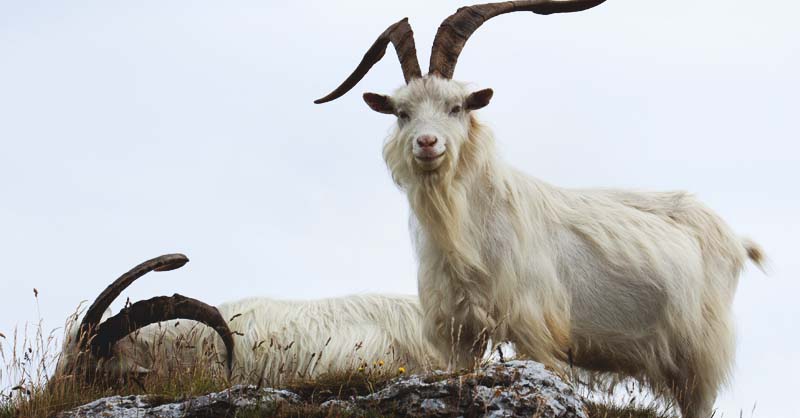goat breeds
1/13
There's no tags or description
Looks like no tags are added yet.
Name | Mastery | Learn | Test | Matching | Spaced |
|---|
No study sessions yet.
14 Terms
also referred to as the alpine dairy goat - - no distinct color - - short haired
alpine (french)
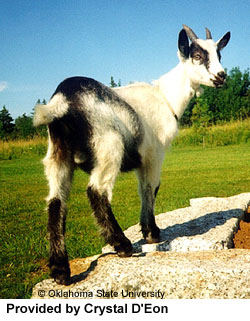
good milk producers, black with white markings
alpine (british)
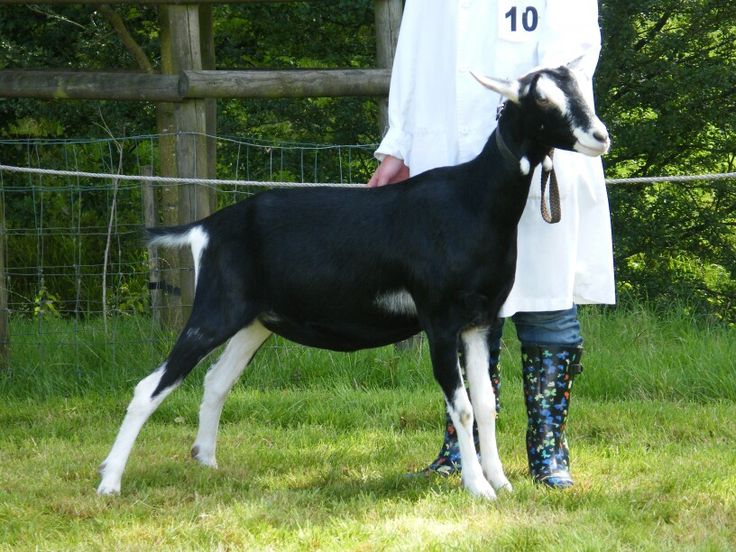
developed in US from crossing short-eared goat and swiss breeds - -very short or total lack of external ears - - has two types of ears “gopher” ( 1 inch) and “elf” (2 inches)
la mancha
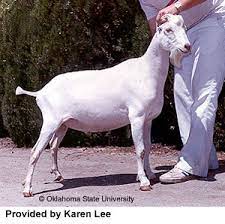
known for high quality and high milk fat percentage - - long drooping ears
nubian (anglo- nubian)
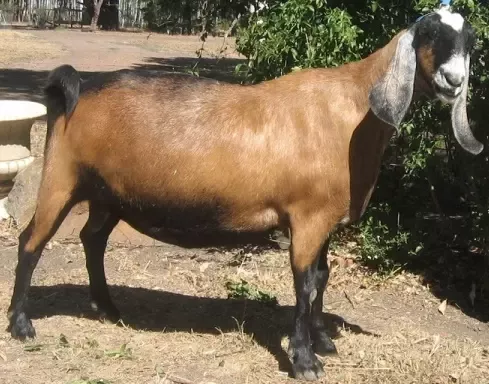
markings include two black stripes down the face to the forehead, black legs below the knees and ears black inside
oberhasli
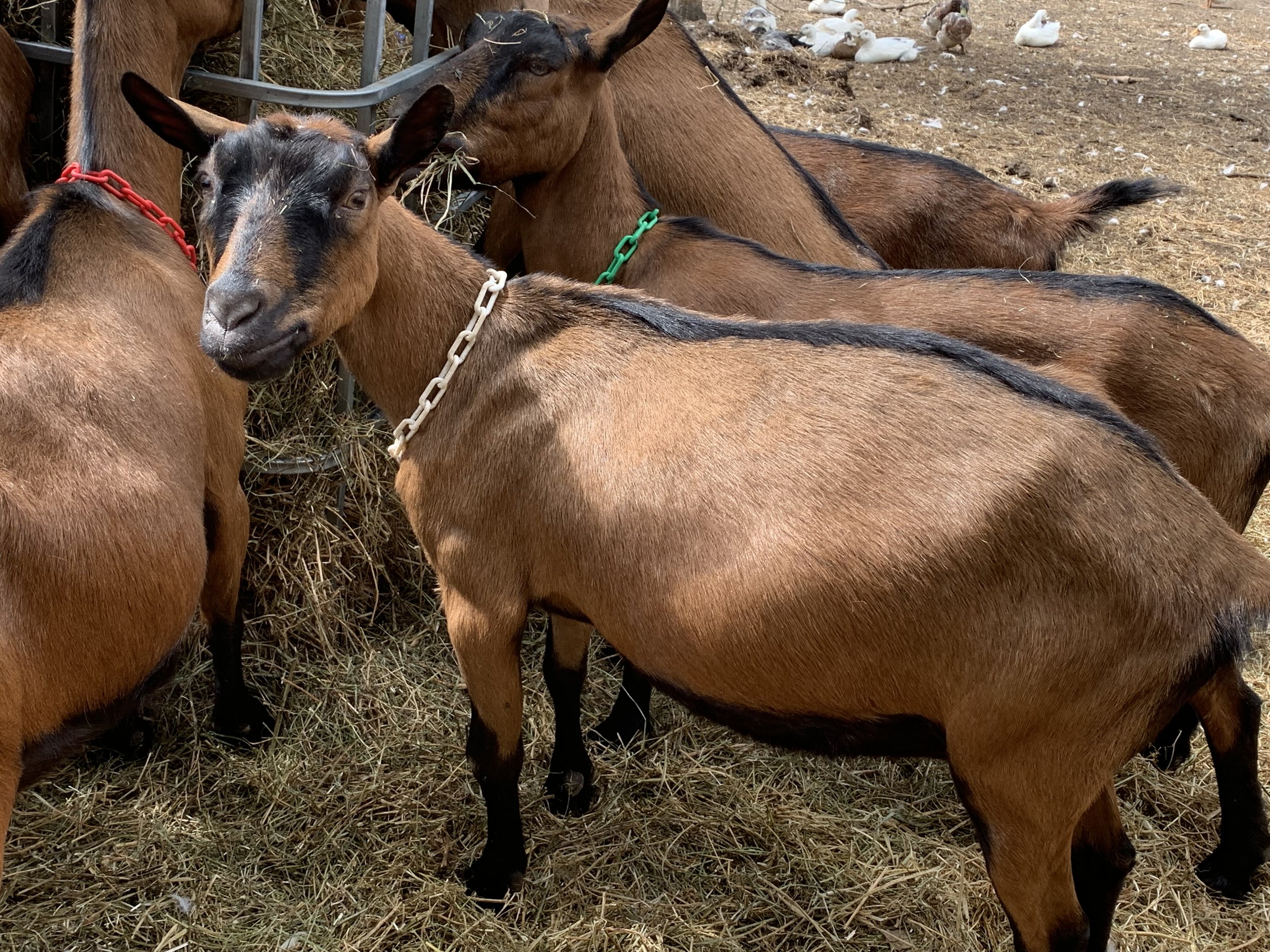
white or light cream in color with white preferred - -medium to large rugged bone, plenty of of vigor yet feminine
saanen
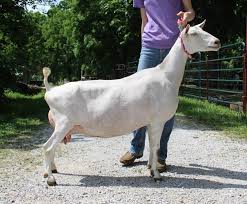
various shades of brown with white markings which appear as two stripes on the face from eye area to the nose - -
toggenberg
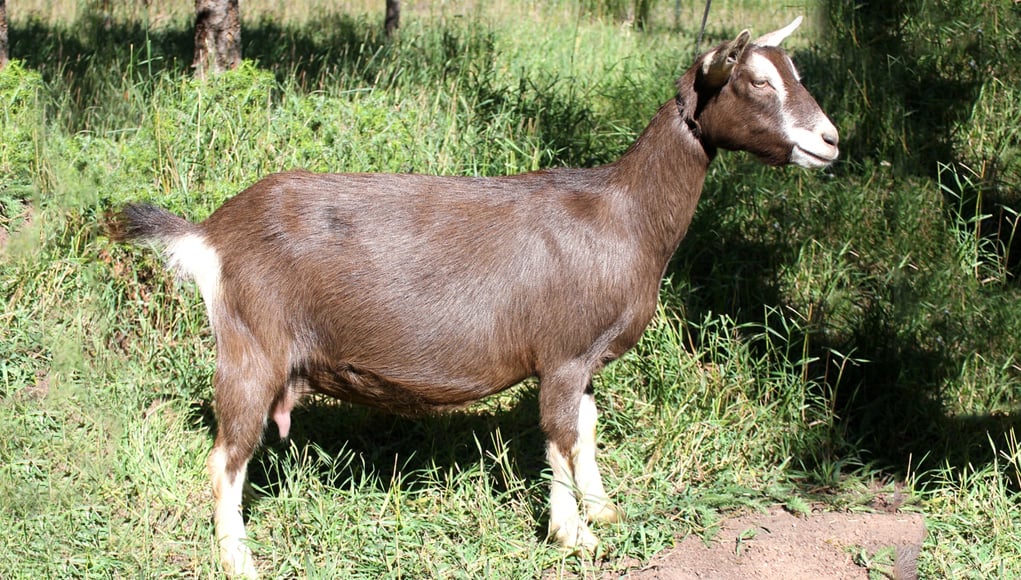
similar to saanen in appearance - - most are hornless (75-80%)
white shorthaired goat
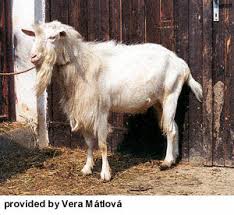
low maintenance, has sufficient milk - - horned with lop ears (under meat type)
boer
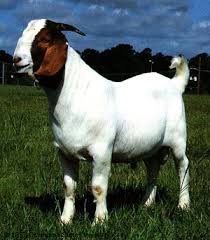
most are horned and only horned bucks should be used, as naturally polled goats from hermaphrodism
spanish goats ( brush goats)
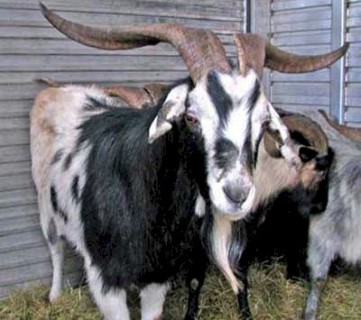
when they are frightened or excited they “lock up” and often faint - - not good climbers and jumpers
myotonic (wooden leg)
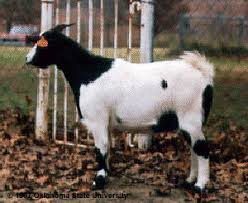
two varieties coarse haired type and fine hair
philippine goat
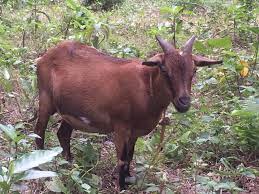
both sexes are horned usually spiral - - form is similar to a sheep but the mutton are much less developed - - more susceptible to damage from internal parasites
angora
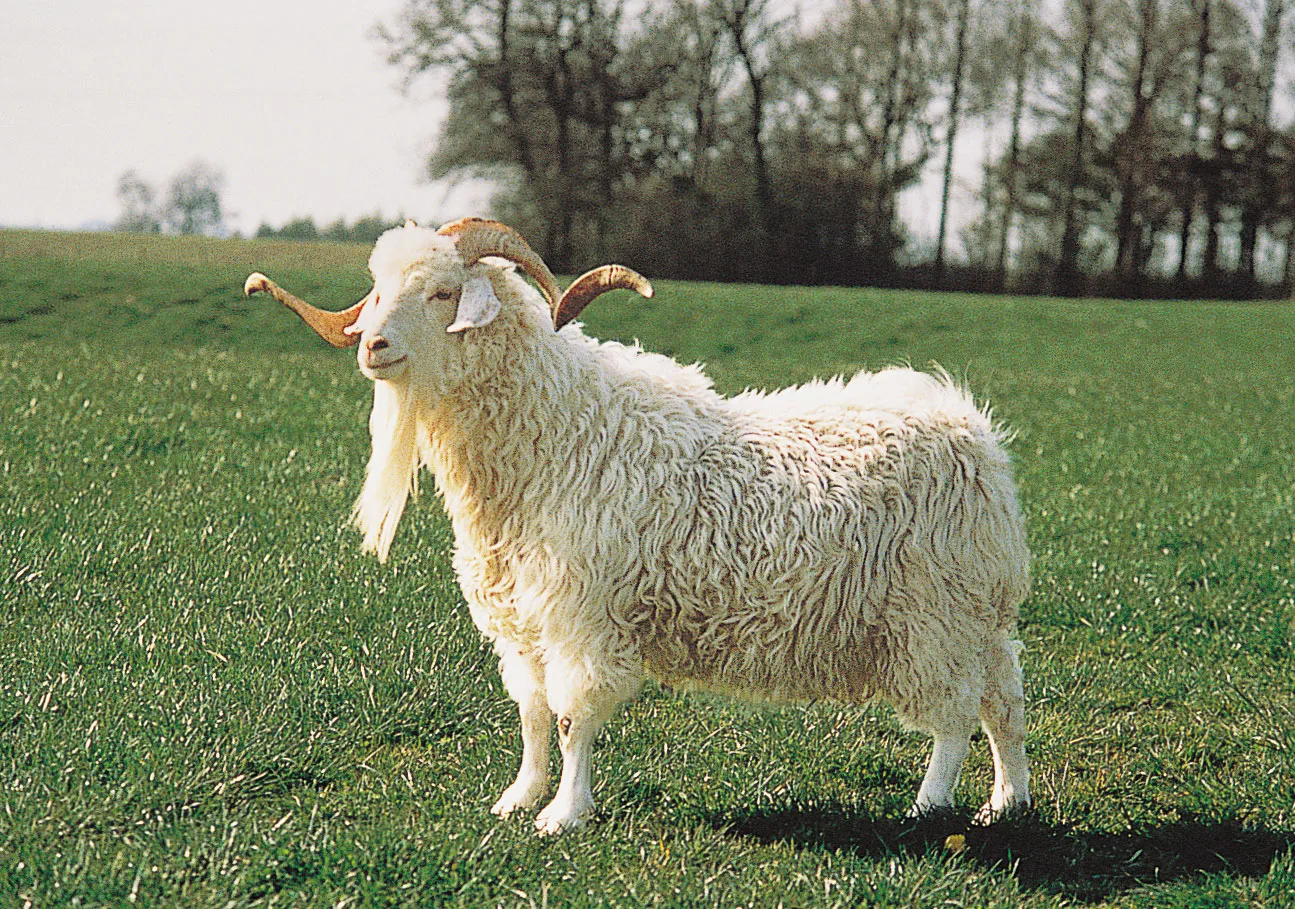
easy to raise, healthy and take only minimal care - - not jumpers - - sheared once a year - -fleece contains cashmere and guard hair
cashmere
